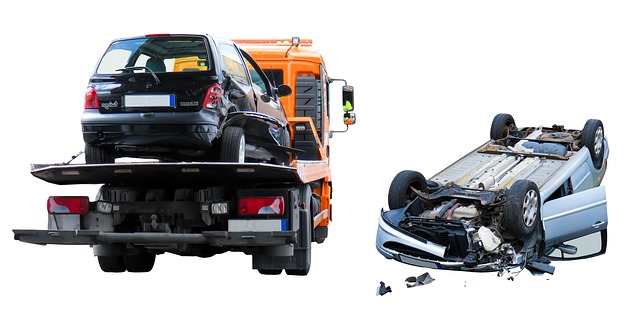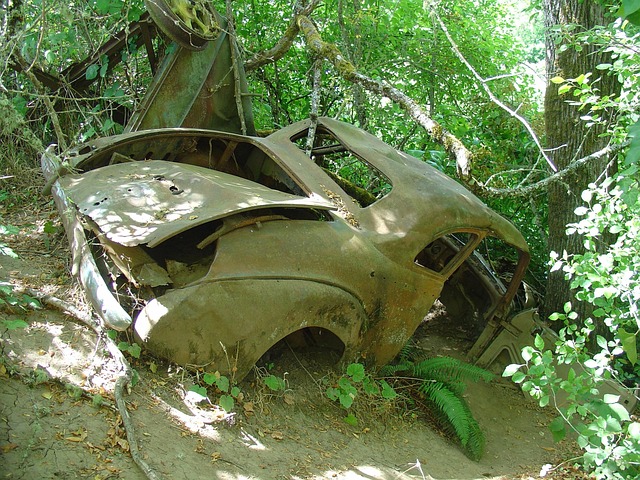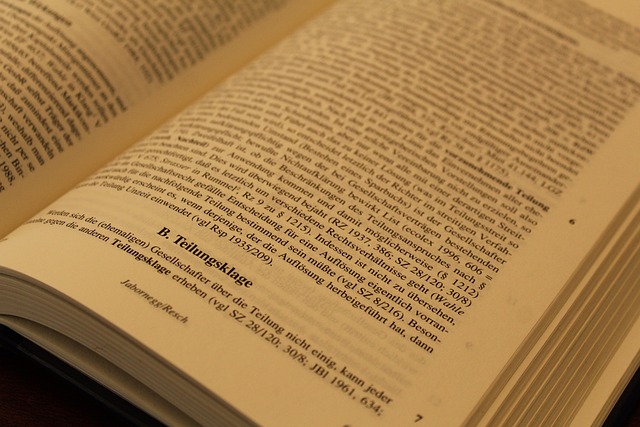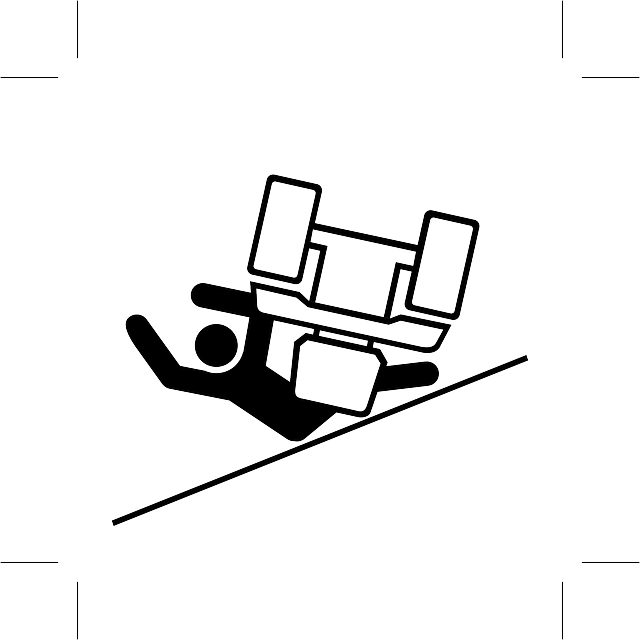Despite apparent lack of immediate physical damage, slip and fall incidents can lead to subtle, hidden injuries like headaches, dizziness, neck or back pain, which may indicate serious conditions. Undiagnosed injuries can result in complications and require prompt medical attention to prevent long-term health issues, especially in cases of potential medical malpractice or caregiver negligence. Recognizing these hidden slip and fall injuries is crucial for accurate diagnoses, effective treatment, and ensuring fair compensation through insurance claims.
Slip and falls can result in more than visible wounds. Often, hidden injuries lurk beneath the surface, making diagnosis challenging. This article explores the subtle signs of slip and fall injuries often missed, the crucial role of medical assessments in detecting unseen trauma, and the long-term impacts of these concealed damages. Understanding these aspects is vital for recognizing and managing the full extent of slip and fall injuries effectively.
- Recognizing Subtle Signs of Slip and Fall Injuries
- Medical Assessments for Undetected Trauma
- Long-Term Impact: Hidden Damage Revealed
Recognizing Subtle Signs of Slip and Fall Injuries

After a slip and fall accident, the immediate impacts are often clear—bruises, cuts, or even a broken bone. However, many subtle signs of slip and fall injuries can be just as damaging but less obvious to the untrained eye. These hidden injuries may not manifest for days or weeks after the incident, making it crucial to be vigilant. Symptoms like persistent headaches, dizziness, neck pain, or lower back ache could indicate a more serious underlying condition than initially suspected.
Recognizing these subtle signs is essential as they can lead to conditions such as whiplash, spinal injuries, concussions, or even internal bleeding. In some cases, individuals may experience cognitive impairments or memory loss—symptoms that warrant immediate medical attention. It’s not uncommon for slip and fall injuries to go undiagnosed due to their insidious nature, but prompt evaluation by a healthcare professional can help prevent complications and ensure appropriate care, especially when considering potential instances of medical malpractice or caregiver negligence.
Medical Assessments for Undetected Trauma

After a slip and fall incident, the immediate focus is often on visible injuries. However, what many don’t realize is that some injuries may be hidden or internal, especially in older adults or those with certain medical conditions. Medical professionals emphasize the importance of thorough assessments to detect these undiagnosed traumas, which can range from soft tissue damage to more severe internal injuries.
Regular check-ups and comprehensive examinations are crucial for identifying slip and fall injuries that might not show up on initial scans or physicals. This is particularly relevant in cases of suspected nursing home abuse or fiduciary duty breaches, where the well-being of residents is paramount. In such scenarios, healthcare providers must be vigilant in recognizing subtle signs of trauma, as hidden injuries can lead to long-term health complications if left untreated.
Long-Term Impact: Hidden Damage Revealed

A slip and fall injury may not immediately manifest into obvious physical damage, but that doesn’t mean it’s devoid of long-term consequences. What seems like a minor incident at the time can lead to hidden injuries that may surface days, weeks, or even months later. This delayed onset of symptoms is particularly common in soft tissue injuries such as sprains, strains, and muscle tears.
Over time, these seemingly innocuous falls can contribute to chronic pain, reduced mobility, and even psychological trauma. The impact on one’s quality of life can be profound, leading to difficulties performing everyday tasks that once came naturally. In the context of insurance coverage disputes, especially in cases involving auto accident injuries or complex medical bills, it becomes crucial to recognize these hidden slip and fall injuries. Understanding the full extent of the damage is essential for accurate diagnoses, effective treatment plans, and ensuring just compensation through insurance claims.
After a slip and fall, it’s crucial to recognize that hidden injuries may not manifest immediately. Through meticulous assessment and understanding the long-term impacts, individuals can navigate the path to recovery effectively. Medical professionals employ advanced techniques to detect subtle signs of trauma, ensuring no damage goes unnoticed. By being vigilant and seeking prompt evaluation, those affected by slip and fall incidents can mitigate potential complications and focus on a full recovery, addressing both immediate and hidden injuries associated with these incidents.






